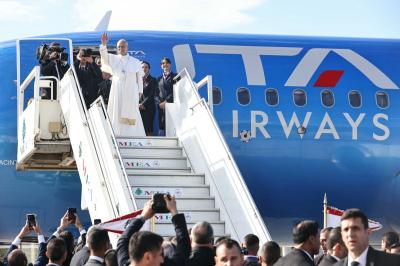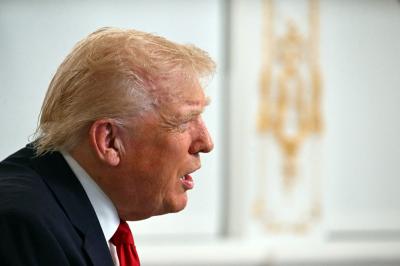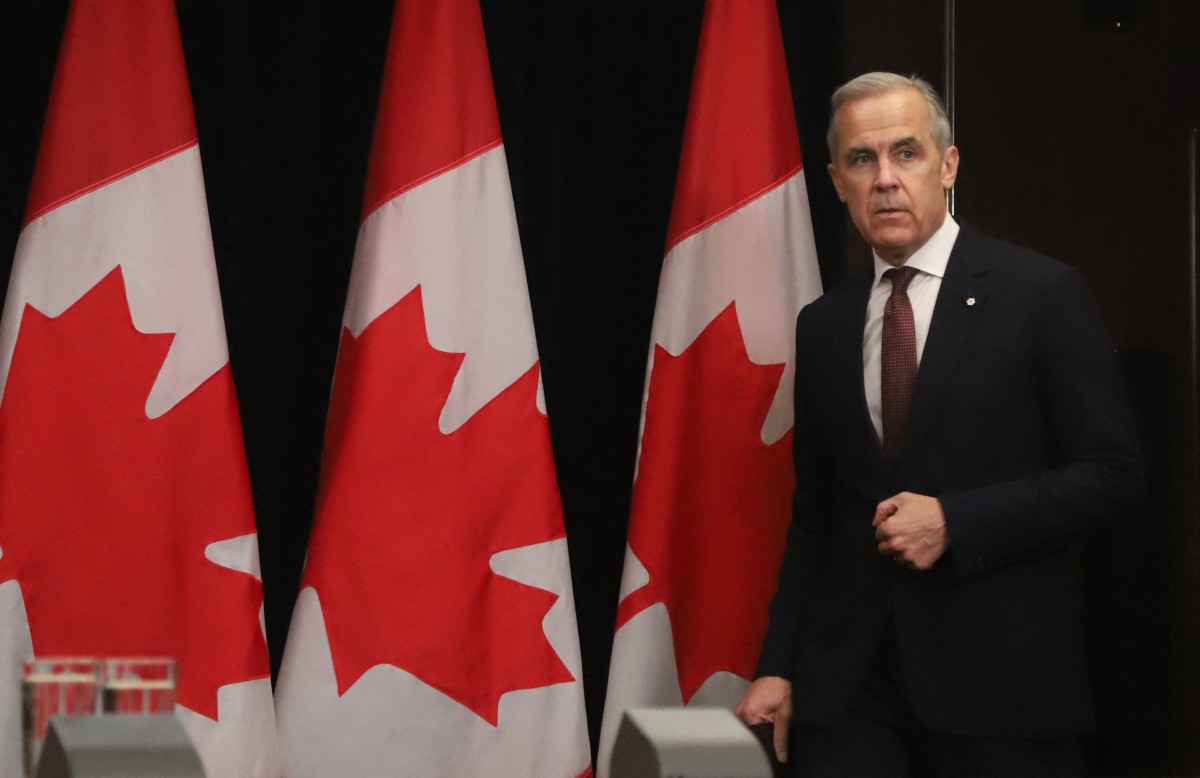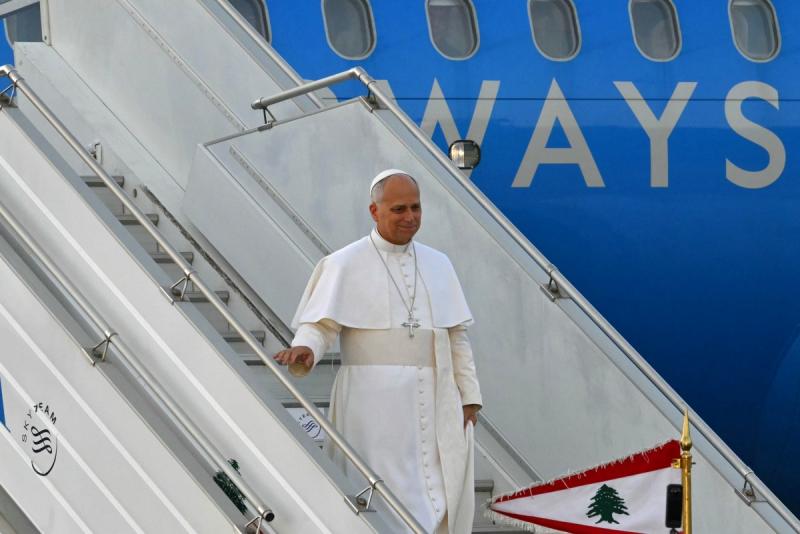The Liberal Party's victory in Canada's 28 April 2025 federal election marks a pivotal moment in North American geopolitics, shaped by escalating U.S. protectionism, Donald Trump's provocative rhetoric, and a resurgence of Canadian nationalism. Prime Minister Mark Carney's win – a fourth consecutive term for the Liberals – defied expectations of a Conservative surge, cementing a mandate to confront Trump's trade war and sovereignty threats. This outcome signals a dramatic shift in Canada's economic strategy, domestic politics, and bilateral relations with the United States.
Election Context: Referendum on Trump
The 2025 campaign became a de facto referendum on U.S.-Canada relations after Trump's second-term policies upended decades of economic integration. Key factors included Trump's tariff onslaught, annexation rhetoric, and strategic campaign pivots.
In March 2025, the United States imposed a 25% tariff on most Canadian imports (10% on energy resources), prompting retaliatory measures from Ottawa targeting $30 billion in U.S. goods like orange juice and motorcycles. These tariffs exacerbated inflation and supply-chain disruptions, galvanizing support for Carney's anti-Trump stance.
Soon after he was sworn in, Trump repeatedly floated the idea of Canada becoming the "51st state," including during a March phone call with Carney after he was voted at the helm of the Liberal Party. His election-day social media post – claiming the United States "subsidizes Canada" and urging annexation – backfired, fueling a nationalist backlash.
The Liberals, trailing by 20 points in early 2025, rebounded by framing the election as a choice between Carney's "standing up for Canada" and Conservative leader Pierre Poilievre's "capitulation." Poilievre's reluctance to forcefully condemn Trump alienated moderates, while Carney's economic credentials reassured voters amid turmoil.
The Liberals secured approximately 165 seats – up from 160 in 2021 – but fell short of a majority, requiring support from the weakened New Democratic Party (NDP) or Bloc Québécois. Meanwhile, the Conservatives' focus on cost-of-living issues and immigration was overshadowed by Trump's dominance of the political narrative.
Economic Implications: Trade War Escalation
Carney's victory ensures Canada will maintain a hardline response to Trump’s tariffs, with three critical consequences.
First, Canada’s 25% tariffs on $30 billion of U.S. goods are likely to expand, potentially targeting $155 billion in exports. Sectors like agriculture, such as dairy and manufacturing face heightened uncertainty.
Second, the U.S. exempted Canadian "energy resources" from full tariffs, but ambiguity in product classifications, such as critical minerals, risks disrupting cross-border supply chains. Alberta's oil industry – already strained by U.S. protectionism – could face further headwinds.
Third, the renegotiated North American trade pact is under threat. Canada may seek exemptions or challenge U.S. tariffs through dispute mechanisms, but Trump's disregard for multilateral frameworks limits this avenue.
Economists warn of stagflation risks if the trade war intensifies, though Carney's technocratic background could mitigate volatility through targeted subsidies and diversification efforts, such as boosting EU and Asia-Pacific trade ties.
Political Ramifications: Sovereignty, Minority Governance
The Liberals' win reinforces a mandate to assert Canadian sovereignty, but governing with a minority parliament presents challenges:
First, all major parties rejected Trump's 51st-state remarks, but Carney's firmness resonated. His declaration that "Canada will never ever" yield to annexation became a rallying cry, overshadowing Poilievre's belated pushback.
Second, the Bloc Québécois's 23 seats grant it leverage in parliament. While Quebecers historically favor autonomy, Trump's threats have temporarily unified federalist and sovereigntist factions around defending national interests.
Third, the NDP's seat count plummeted from 25 to 7, weakening its ability to push progressive policies. Carney may pivot toward the Bloc or moderate Conservatives to pass legislation.
International Relations: Realigning Alliances
Carney's victory accelerates Canada's shift away from reliance on the U.S. Ottawa will likely deepen defense and trade partnerships with European allies, particularly Germany and France, to counterbalance U.S. unpredictability.
Second, expect accelerated efforts to join the Comprehensive and Progressive Agreement for Trans-Pacific Partnership (CPTPP) trade bloc and secure critical mineral agreements with Japan and South Korea.
Third, Carney's government may lead a coalition of middle powers such as Australia and Mexico, to oppose U.S. unilateralism in international forums.
Domestic Challenges Ahead
While the Liberals successfully nationalized the election around Trump, unresolved issues loom:
First, cost-of-living pressures, as housing unaffordability and inflation-key Conservative talking points remain acute. Carney must address these without compromising anti-tariff measures.
Second, Western provinces, such as Alberta, resent federal climate policies and perceived neglect. The tariff fallout could exacerbate regional tensions.
Third, immigration backlash as pre-election polls showed voter frustration with high immigration levels, a vulnerability Poilievre may revive in future campaigns.
Canada's Anti-Trump Strategies
The Liberal Party’s electoral victory positions it to deploy a multi-pronged strategy to mitigate the impact of U.S. tariffs while reshaping Canada's economic resilience. Drawing from its mandate and policy proposals, some key approaches could emerge.
First, trade diversification and infrastructure investment. To reduce dependency on the U.S., the Liberals plan to accelerate Asia-Pacific and EU Partnerships, prioritizing joining the CPTPP trade bloc and expand critical mineral agreements with Japan and South Korea.
Second, leverage energy exports by expanding oil and gas infrastructure to boost exports to Europe and Asia, capitalizing on exemptions for Canadian energy in U.S. tariffs.
Third, apply retaliatory tariffs and domestic compensation. The government will likely expand counter-tariffs by maintain existing 25% tariffs on $30 billion of U.S. goods and consider broadening their scope.
Fourth, internal trade liberalization by eliminating interprovincial trade barriers is a top priority:
Fifth, fiscal stimulus and productivity investments, as the Liberals' $225 billion deficit plan targets long-term growth through housing construction, clean energy products, and middle-class tax cuts.
Please post your comments on:
[email protected]
 Politics
Politics














